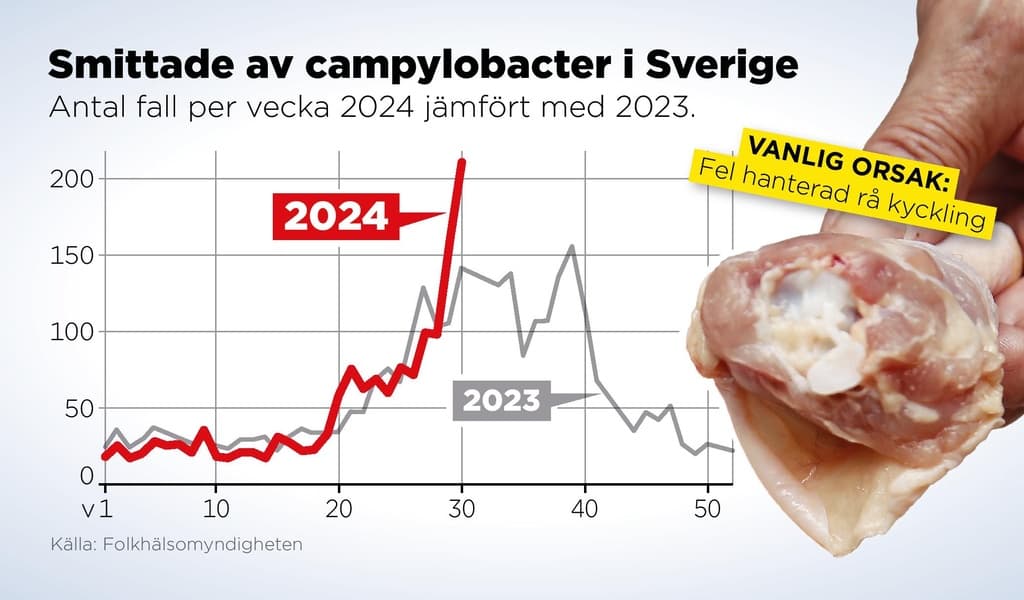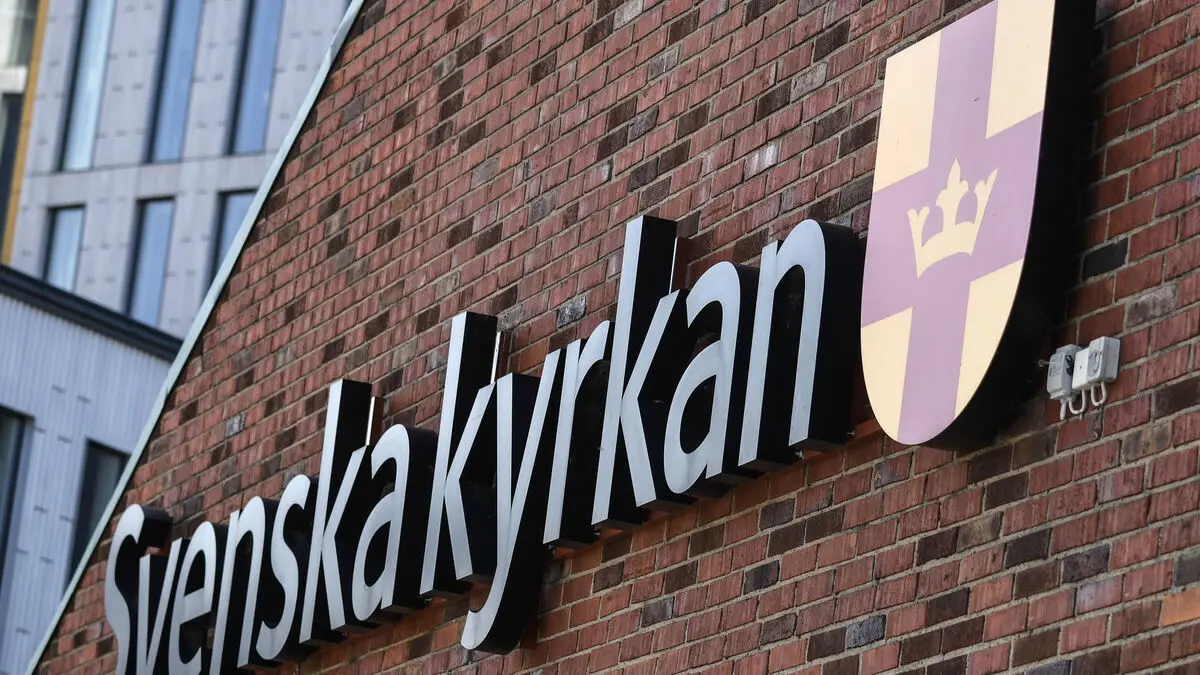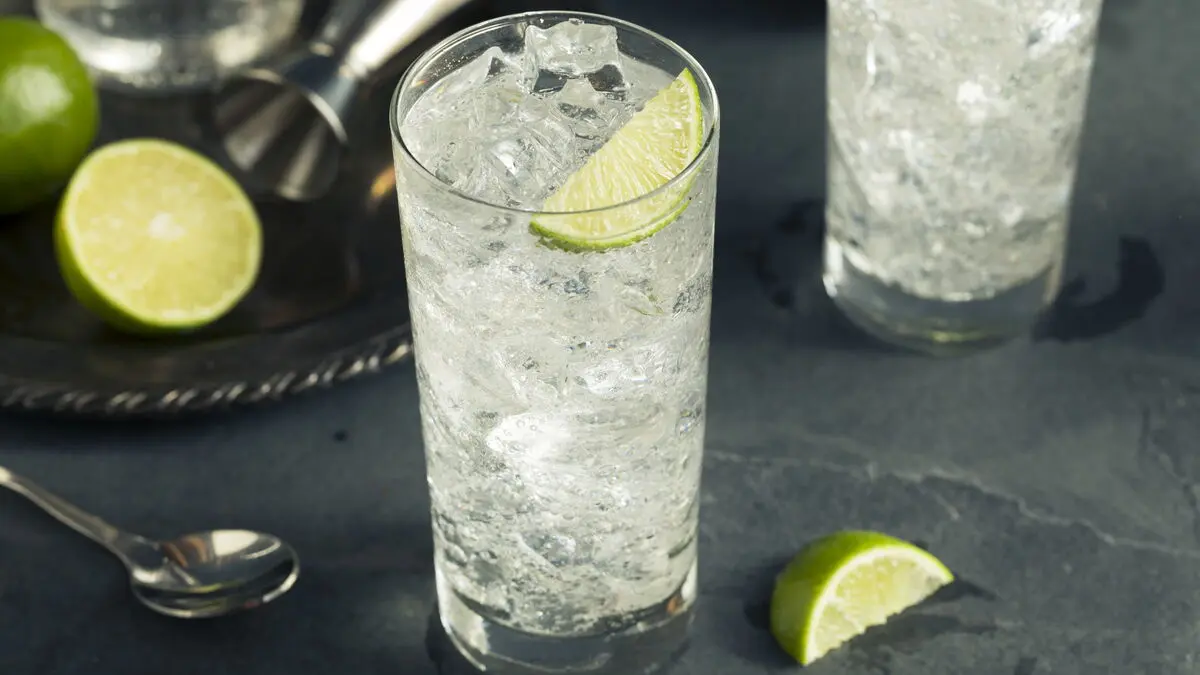During the winter and spring months, around 30 people usually get infected. Last week in July this year, the figure was up to 210 affected people.
It's mainly raw chicken that you should be careful with, says Anette Hansen.
But even if the chicken itself is cooked properly and heated sufficiently, you can still get infected in other ways. It can be about cutting raw chicken on a cutting board that you don't rinse properly and then cutting salad.
Contaminated Water
There are also other causes of the troublesome condition. Unpurified well water, contaminated bathing water, or contact with cattle can also lead to ingesting the bacteria.
Most people fall ill acutely with diarrhea that can be bloody, stomach pain, vomiting, fever, and nausea. The incubation period is usually one to three days, but can be up to ten days.
Most Common in the Summer
Infections due to campylobacter are most common in the summer. The number of cases usually peaks at the end of July and in August, and then subsides until December.
The increase is expected. But the strong increase we've seen in recent weeks has occurred about a week later than in previous years, says Anette Hansen.
Be careful with hand hygiene. Wash your hands both before cooking and immediately after handling raw chicken.
Always cook the chicken through.
Kitchen utensils should be washed thoroughly. Keep the kitchen counter clean and wipe up meat juice with paper towels – not with a dishcloth.
Raw chicken meat should also be kept separate from other foods. This applies especially to foods that are ready to eat, such as green salads.
Sources: The Public Health Agency and The National Food Agency.





